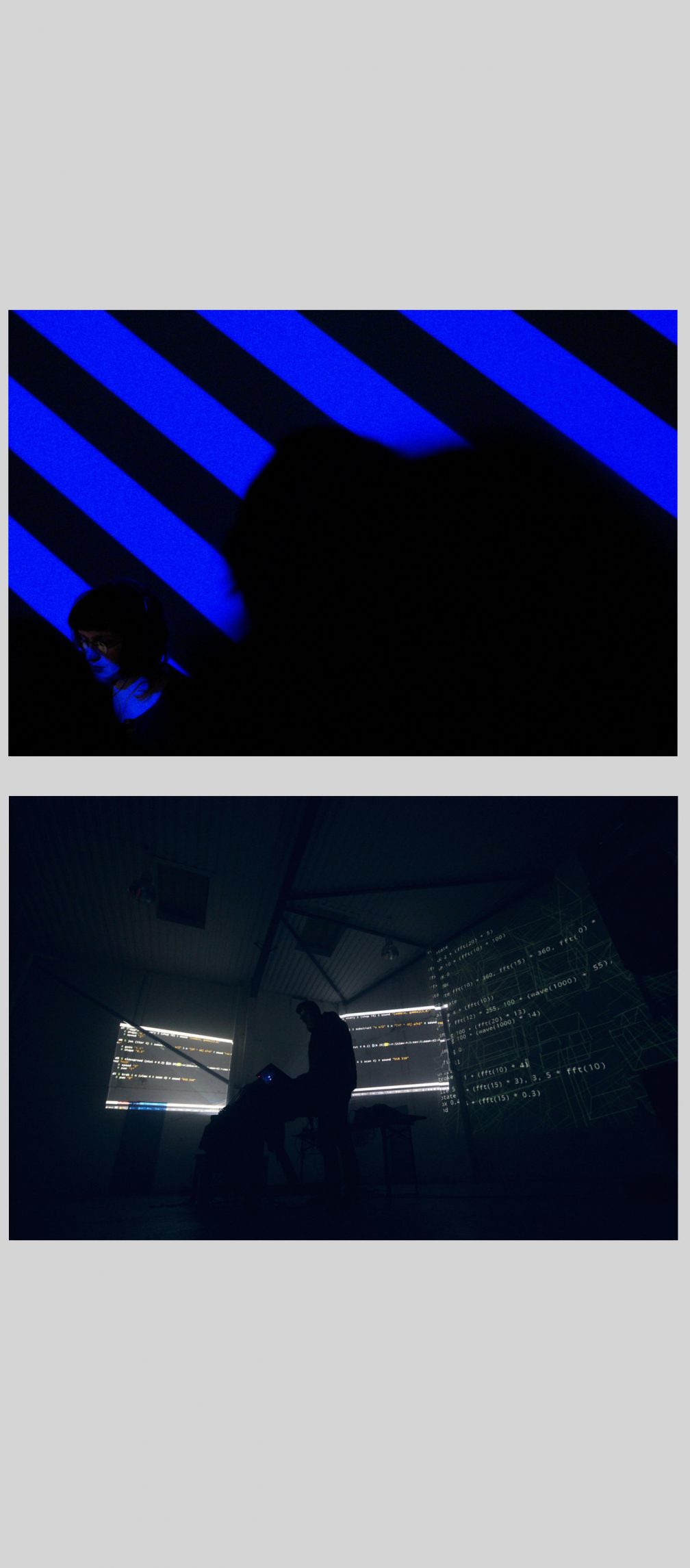 Scene reports
Scene reports
Algorave: The live coding movement that makes next-level electronic music
Artists across the world are redefining what it means to create music with a laptop
As a scene or categorization, the Algorave network is broad. It exists somewhere around DIY production using mostly open-source live coding environments like SuperCollider, TidalCycles, Gibber, ixi lang and Extempore. “It tends to involve describing music by writing text using a computer,” says McLean about these elusive elements of what it means to be an Algoraver. “But if you talk to other musicians they each have quite a different approach”.
McLean is just one of many in this growing community clustered around 40 different cities around the world, including the UK, the United States, Australia, and Mexico City. The artists involved feature the likes of Lil Data, Heavy Lifting, and Kindohm, as well as Joanne Armitage (mentioned earlier) and her own alluringly-titled Algobabez project with collaborator Shelly Knotts. In a long list of people responding to questions about Algorave via email, these different approaches to the technique also include Alexandra Cárdenas – born in Colombia, cutting her live-coding teeth In Mexico City and now living in Berlin – and Renick Bell, based in Tokyo. Then there’s Antonio Roberts in Birmingham, who doesn’t produce music but has been making art with glitch aesthetics since 2009, generating responsive visuals that keep in line with the coding aspect of Algorave. As he writes, “the main point is that it's all crafted live.” Meanwhile, London’s Dane Law doesn’t program in real-time at all but prerecords his improvisations using algorithms and what he calls “aleatoric processes.” Algorave covers a lot of bases.

“In terms of algorithmic music, the more you look at it the less it really has any meaning,” says McLean, getting down to the semantics of what constitutes the genre. “Because any sort of musical score is an algorithm, in a way. It's just a set of instructions on how to produce a piece. But algorithmic music in practice is about abstraction – not just writing down the notes but coming up with some kind of procedure on how to generate those notes or sounds.” That means live performances by Kindohm with screen text that announces “sound”, “sound”, “sound” (among other less recognizable inputs) to the intense, accelerating syncopations of his rhythms. Or Renick Bell’s “PlayLowend” and “conductor2 was bored” while a volatile thumping beat finds form in an assemblage of metallic, resonating sonic articulations.
“Being able to change the guts of the tool can fundamentally change the tool and therefore the range of possibilities,” offers Bell about the importance of understanding the mechanisms that underlie any kind of software or program a performer uses. “Exposing process is part of the solution to our societies' problems. Our approaches, such as projecting our screens, or opening the source of our software, are a symbolic call for process to be exposed.”


